GUIDE
3 Steps to Creating Authentic Transparency
- Gain insights into the steps organizations can take to integrate transparency authentically, enhancing brand integrity and fostering customer loyalty.


In today’s consumer-led markets with increased speed of information spread, corporate transparency is expected.
When transparency is not given freely, consumers and shareholders will find and share whatever they’re looking for themselves. We must admit that there is no real way to “hide” mistakes and missteps; the truth will come out.
Many companies believe they provide “transparency” through well-managed public relations campaigns. However, this misguided approach results in transparency without authenticity, which can backfire to reveal a lack of integrity in your company’s business practices.
Managing perception without real change in operations has real catastrophic effects on brand trust.
Let’s consider just a few well-known examples of where big brands have traditionally run inauthentic PR campaigns to manage perception, absent authentically addressing gaps in their corporate values, operations, or supply chain management.

A name-brand athletic clothing company increased racial diversity in their commercial ad campaigns…
but made no actual changes to their hiring practices, spotlighting a homogenous employee population.
A nationally recognized fast-food company took a ‘neutrality stance’ on a conflict between its suppliers and their employees…
but this stance didn’t convince anyone the chain wasn’t ultimately responsible for enabling their unfair wages & working conditions.
A world-renowned auto manufacturer bragged about their clean diesel vehicles instead of owning up to years of cheating on emissions tests…
resulting in diminished brand reputation and costly lawsuits.
Each brand knew more transparency was being asked of them. Yet, they over-indexed on sharing what they thought people wanted to hear instead of revealing what was actually occurring and acknowledging the actions needed to fill the gap.
What if companies treated volatilities and system failures as an opportunity to reveal a more remarkable business than before as a result of a repair?
Take in mind this metaphor of Kintsugi, the Japanese art of repairing broken pottery with a powered mix of lacquer and a precious metal. The repair is seen as part of the object’s delightful history and not something to hide. There are myriad positive effects when you take a new perspective on transparently revealing failures, including gaining lessons learned, recommitments to core values, and vulnerably building a trusted relationship with your stakeholders. Your company can be viewed as even more beautiful once the cracks are fully displayed, with even stronger values holding your organization together.
Authenticity leads to employee retention, brand loyalty, and trusted supplier partnerships when viewed as an infinite, win-win game.

Kintsugi is the Japanese art of repairing broken pottery with a powered mix of lacquer and a precious metal
A fundamental view of integrity needs to change from playing a finite, win-lose game to embracing the possibilities available through an authentic, infinite-game perspective. The traditional operating method lies in an old paradigm, where moving from secrecy to transparency is seen as “opening a can of worms.” There is a new way emerging, seen as “diving deep,” where integrating neglected values can lead to pearls of authentic, transparent integrity.
As companies recognize gaps between the explicit and implicit values of business operations, the integrity gap can start to close.
An integrated approach to transparency is needed to mature an organization’s authenticity and integrity. By recognizing, embracing, and integrating neglected values, you can elevate the maturity of your organization’s response in times of volatility.
3 steps to creating authentic transparency

I personally experienced an increased sense of trust and loyalty recently when an outdoor clothing brand sent me an email about a product I recently purchased. They were writing to report they’d discovered a flaw in their supply chain, admitted that an original marketing claim about the product was no longer true, and clarified the existing value of the product regardless of the missed promises. In the end, they didn’t offer to fix the product for free or send me a refund, but their authentic, transparent approach to correcting a false claim made me see the beauty of the company’s integrity, creating a customer for life.
Being authentic isn’t easy or comfortable, but it means others can rely on you to behave in alignment with what you say you value.
Ultimately, the examples of inauthentic approaches revealed that the companies were not acting within their own stated values. At some point, most companies will have public misses, inconsistencies, and outright failures, but how you reveal the mistakes keeps your reputation intact.
If your organization is looking to overcome fumbles and share an improved and trusted brand with your customers or employees, be authentic in your approach to transparency.
INSIGHTS


Article
Perspectives

Article
Perspectives













